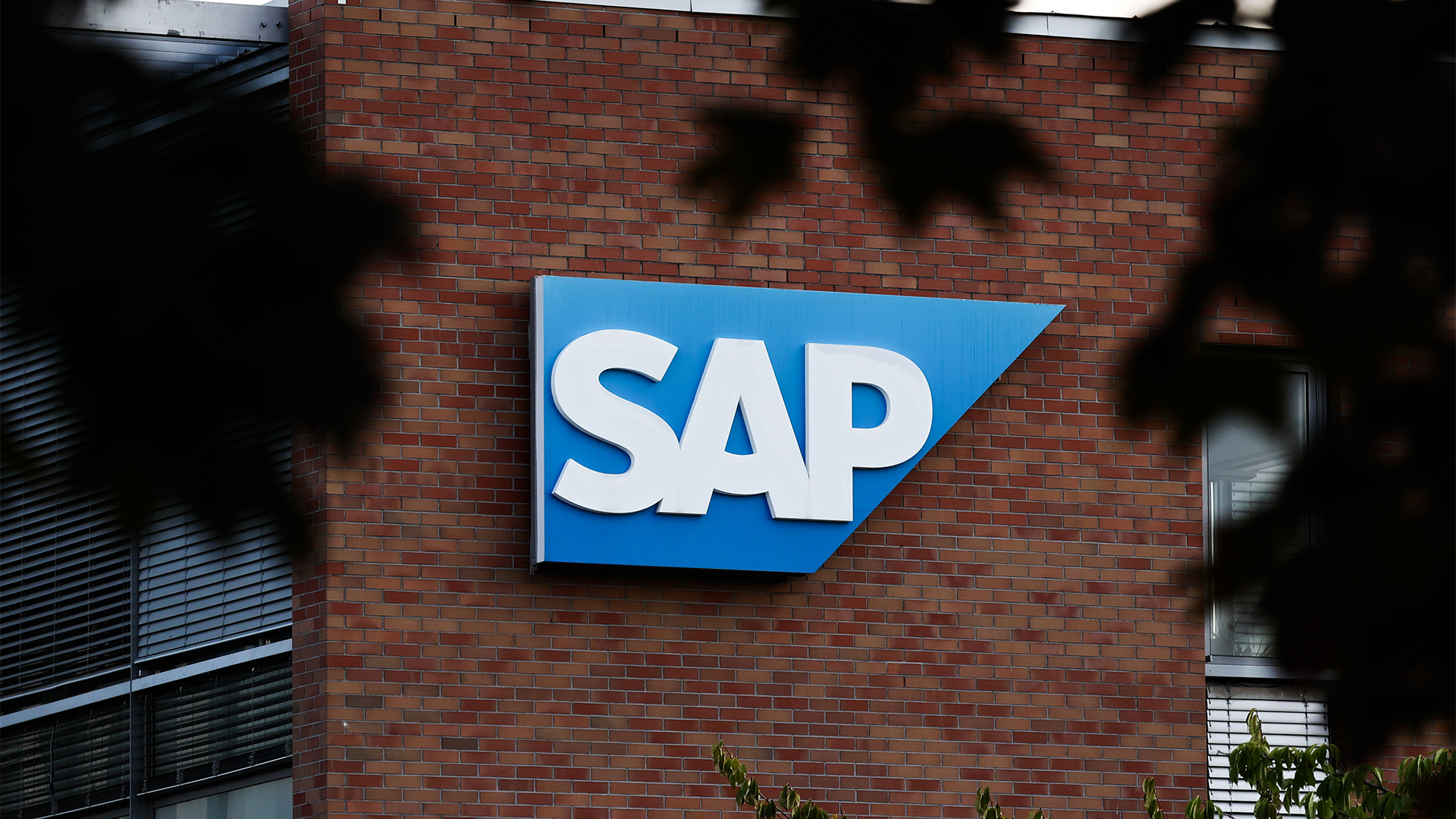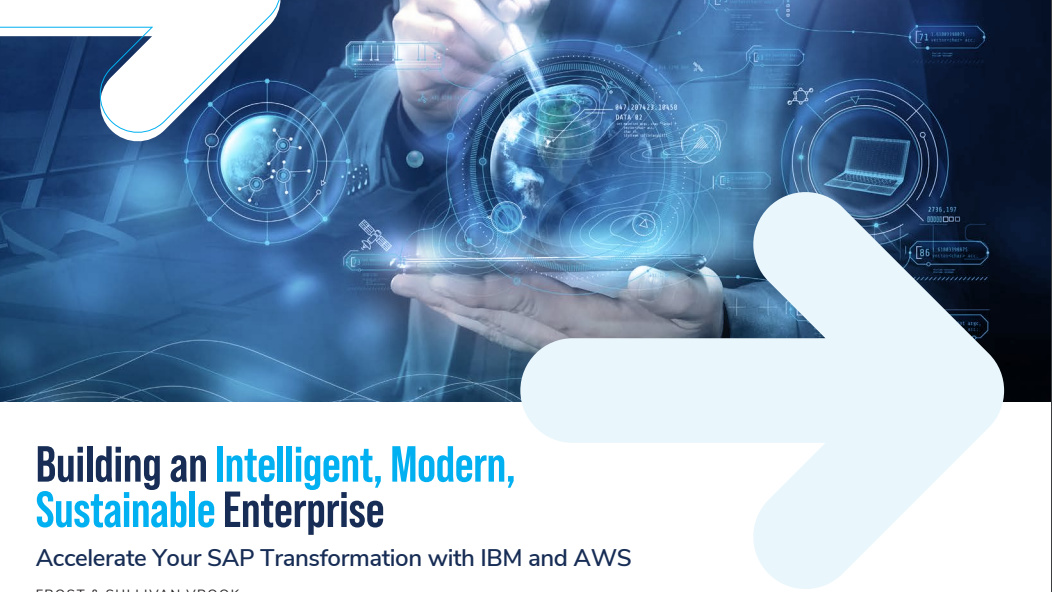Mercedes F1 accelerates AI adoption in off-track IT transformation project
Mercedes F1 looks to optimize back-end operations to match the performance of its race teams


Mercedes F1 has announced a new partnership with SAP in a bid to overhaul its IT operations and expand the use of artificial intelligence (AI) to streamline resource planning.
The partnership will give the racing team access to SAP’s business artificial intelligence (AI) technology, providing capabilities for forecasting costs, predicting budget requirements, and optimizing the team’s supply chain.
Mercedes will also be able to take advantage of SAP’s secure S/4HANA cloud environment that will underpin the team’s digital functions and allow for easy and reliable scalability over time.
A crucial foundation for success in modern F1 involves navigating the competition’s cost cap, Mercedes said, which limits how much teams can spend in a single season. Overspending could see teams incur severe financial and competitive penalties.
The collaboration should help Mercedes avoid any difficulty in this regard, enabling the team to deliver accurate cost forecasts and budget optimization.
Mercedes’ CEO and team principal Toto Wolff expressed his optimism about boosting the team’s efficiencies with the collaboration.
“We have a shared heritage and commitment to innovation and improvement, which will meaningfully contribute to our on-track performance. SAP is a global leader in its field, and we could not think of a better partner to help us improve our efficiencies in 2024 and beyond.”
Sign up today and you will receive a free copy of our Future Focus 2025 report - the leading guidance on AI, cybersecurity and other IT challenges as per 700+ senior executives
Cloud advantages on and off the raceway
Formula One is among the most data-intensive sports on earth, with teams leveraging a range of technologies to unlock performance insights.
Julia White, executive board member at SAP SE, said the use of technologies such as artificial intelligence can make the difference between success and failure.
“Formula One is one of the most technologically innovative sports in the world, where incremental gains yield significant results. Given the extreme conditions under which Formula One teams operate, motorsports provide a global platform to showcase skill and engineering excellence,” she said.
“But beyond the race day performance, there’s a lot going on behind the scenes. SAP is proud to partner with the Mercedes-AMG PETRONAS F1 Team to make sure its operations are as fine-tuned as its cars.”
As White noted, Formula One is uniquely placed to derive significant benefits from cloud technologies both behind the scenes, and in its on-track performance as well.
RELATED RESOURCE

Monitor AI activities and generate positive outcomes
With around 100 sensors on each car, and approximately 1,500 data channels, being able to quickly and securely process, organize, and provide insights on that data is essential.
In addition, the same data processing capabilities are vital for cost effectively refining the cars’ aerodynamic profile.
AWS simulations, for example,have played an important role in helping teams achieve the marginal gains that can decide a race or even a championship.
Enabling teams to model a car’s aerodynamic performance without having to carry out prohibitively expensive and carbon-intensive physical tests is invaluable.
But ensuring the simulations match the accuracy of the physical tests requires significant compute capacity and AWS’ collaboration with F1 allows for teams to easily scale their computational tasks.
Mercedes will hope its partnership with SAP provides similar cost-saving and performance benefits on the business side of its operations.

Solomon Klappholz is a former staff writer for ITPro and ChannelPro. He has experience writing about the technologies that facilitate industrial manufacturing, which led to him developing a particular interest in cybersecurity, IT regulation, industrial infrastructure applications, and machine learning.
-
 Hacker offering US engineering firm data online after alleged breach
Hacker offering US engineering firm data online after alleged breachNews Data relating to Tampa Electric Company, Duke Energy Florida, and American Electric Power was allegedly stolen
-
 Threat intel could be your secret weapon in cybersecurity sales
Threat intel could be your secret weapon in cybersecurity salesIndustry Insights Threat intelligence transforms cybersecurity sales from reactive product pitching to strategic advisory.
-
 SAP wants to take data sovereignty to the next level with new 'on-site' infrastructure options
SAP wants to take data sovereignty to the next level with new 'on-site' infrastructure optionsNews The cloud computing giant will allow customers to host SAP-managed infrastructure directly within their own facilities
-
 SAP launches sovereign cloud service for UK customers
SAP launches sovereign cloud service for UK customersNews The move makes SAP the latest to roll out a sovereign cloud service for UK customers
-
 UiPath and SAP team up to streamline cloud migrations
UiPath and SAP team up to streamline cloud migrationsNews The UiPath Platform is being integrated into SAP’s Build Process Automation and packaged as a new SAP Solution Extension
-
 SAP wants you in the cloud and generative AI is how it will lure you there
SAP wants you in the cloud and generative AI is how it will lure you thereAnalysis SAP is “trying hard” to take all of its customers on a digital transformation journey, but says there is only one destiny – the cloud
-
 What differentiates SAP's generative AI from all the rest? The quality of its data
What differentiates SAP's generative AI from all the rest? The quality of its dataAnalysis SAP chief exec Christian Klein talks up opportunities in Europe and the importance of cloud systems for AI
-
 Building an intelligent, modern, sustainable enterprise
Building an intelligent, modern, sustainable enterpriseWhitepaper Accelerate your SAP transformation with IBM and AWS
-
 Why Vistaprint migrated from on-prem to SAP S/4HANA
Why Vistaprint migrated from on-prem to SAP S/4HANACase Study Vistaprint, a provider of marketing products for more than 20 years, decided to migrate to transform its business operations
-
 The SAP integration planner's guidebook
The SAP integration planner's guidebookwhitepaper Download this eBook and connect SAP to your third-party systems and data to SAP with Boomi's cloud-based digital platform